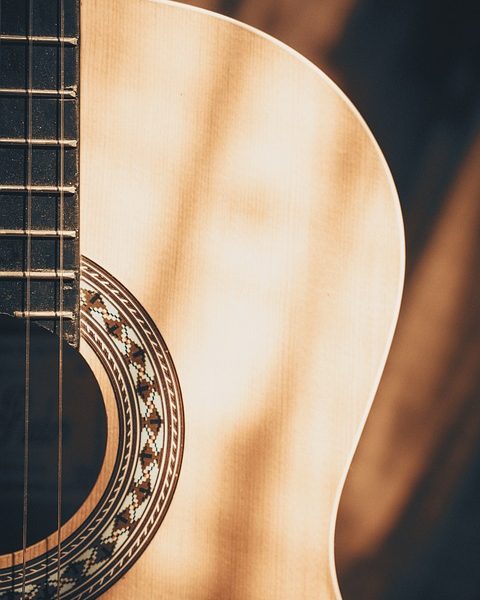Master Guitar Tuning: A Comprehensive Guide to Guitar Chords
Master Guitar Tuning: A Comprehensive Guide to Guitar Chords
Introduction
Guitar tuning is one of the most essential skills for any guitarist to master. Proper tuning ensures that your instrument sounds its best and allows you to play in tune with other musicians. In this comprehensive guide, we will cover everything you need to know about tuning your guitar and mastering guitar chords.
Standard Guitar Tuning
The most common tuning for a guitar is standard tuning, which is EADGBE from low to high. To tune your guitar to standard tuning, you can use a chromatic tuner, tuning fork, or tune by ear using a reference pitch. Make sure to tune each string one at a time, starting with the low E string and working your way up to the high E string.
Alternate Tunings
In addition to standard tuning, there are many alternate tunings that can expand your sonic palette and inspire creativity in your playing. Some popular alternate tunings include drop D tuning (DADGBE), open G tuning (DGDGBD), and dadgad tuning (DADGAD). Experimenting with alternate tunings can lead to new chord voicings and melodic possibilities.
Understanding Guitar Chords
Guitar chords are combinations of notes played together to create harmony. The most basic guitar chords are open chords, which are played using open strings and fretted notes. Common open chords include E major, A major, and D major. Barre chords are another type of chord that require barring one finger across multiple strings. Barre chords allow you to play chords in any key by moving the shape up and down the fretboard.
Chord Progressions
Chord progressions are sequences of chords that form the foundation of a song. Understanding chord progressions is essential for songwriting and improvising. Some common chord progressions include the I-IV-V progression, which is commonly used in blues and rock music, and the I-VI-IV-V progression, commonly used in pop music. Experimenting with different chord progressions can help you develop your own unique sound as a guitarist.
Mastering Guitar Chords
To master guitar chords, it is important to practice regularly and focus on proper technique. Make sure to place your fingers close to the frets for clean, clear notes and avoid muting the strings with your fingers. Practice transitioning between chords smoothly and work on strumming patterns to develop your rhythm skills. Using a metronome can help you stay in time and improve your overall playing.
Common Chord Shapes
There are many different shapes for playing the same chord on the guitar. Learning common chord shapes can help you navigate the fretboard and play a variety of chords in different positions. Some common chord shapes include the C major shape, A minor shape, and D7 shape. By mastering these common shapes, you can play a wide range of chords and songs.
Advanced Chord Techniques
Once you have mastered the basics of guitar chords, you can explore more advanced chord techniques to spice up your playing. Techniques such as chord inversions, extended chords, and arpeggios can add depth and complexity to your chord progressions. Experiment with different voicings and variations to create your own unique sound.
Conclusion
Mastering guitar tuning and chords is a lifelong journey that requires dedication and practice. By understanding the fundamentals of guitar tuning, learning common chord shapes, and experimenting with different chord progressions, you can unlock the full potential of your instrument. Whether you are a beginner or advanced guitarist, mastering guitar chords will elevate your playing and allow you to express yourself creatively through music. Keep practicing, stay inspired, and enjoy the journey of learning and mastering the art of guitar playing.






